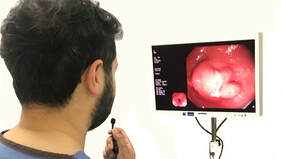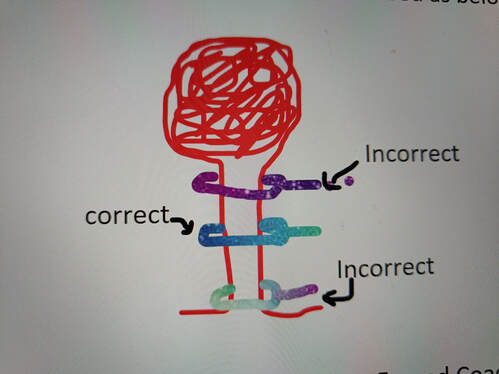|
Key practical points with pedunculated polyps
1 Comment
Bleed management during endoscopic therapy – Part 2 – Soft tip Coagulation with Snare See below short video of mild ooze post Cold snare polypectomy, which did not subside on its own. Its rare to see continued on going bleed post Cold snare. In this case, I noticed continued ooze on extubation atleast 5 mins post cold snare. A clot had already formed and despite this there was ongoing ooze. Some tips
In this 3 part video series I have highlighted some basic tips on bleed management during endoscopic resection.
|
AuthorDr Pradeep Mundre ArchivesCategories |


 RSS Feed
RSS Feed